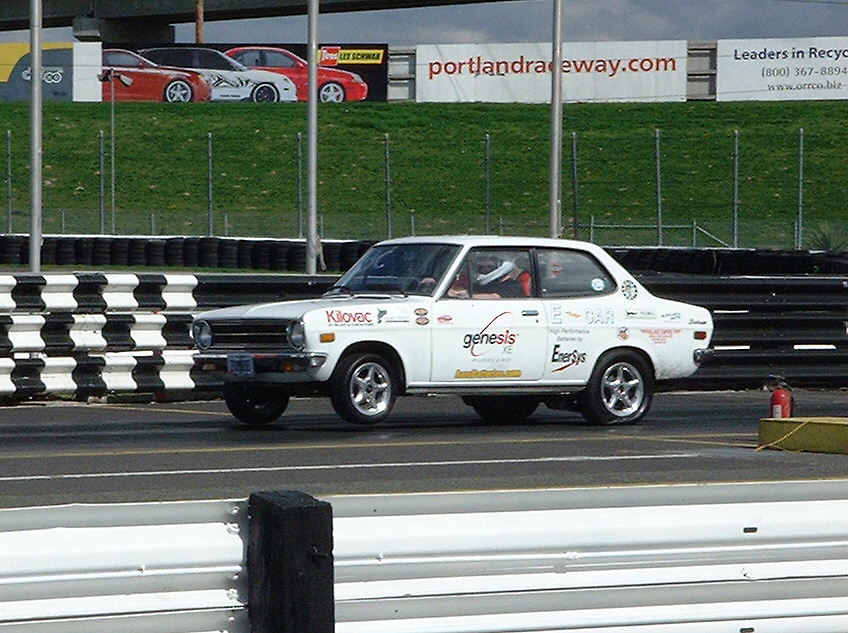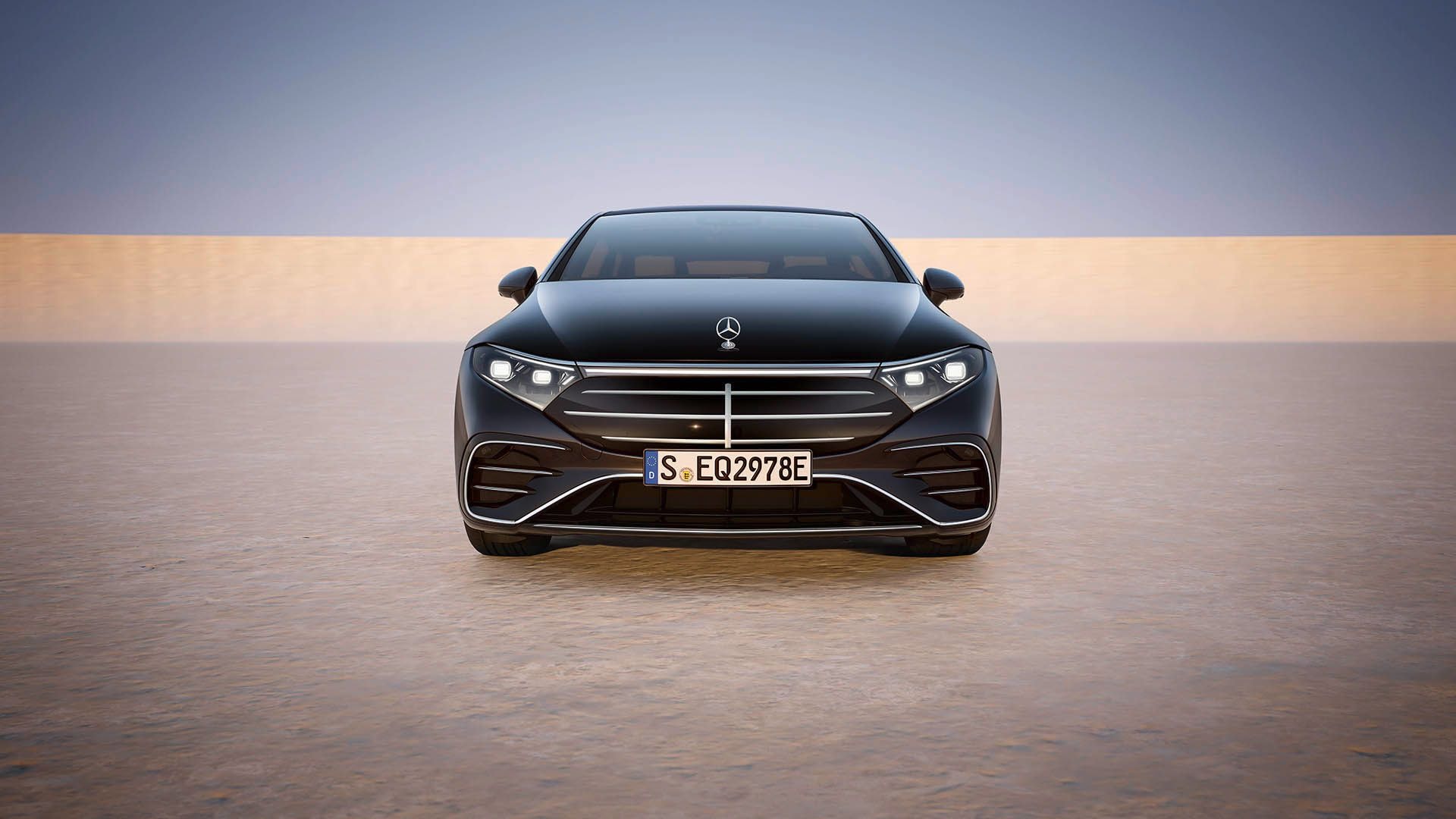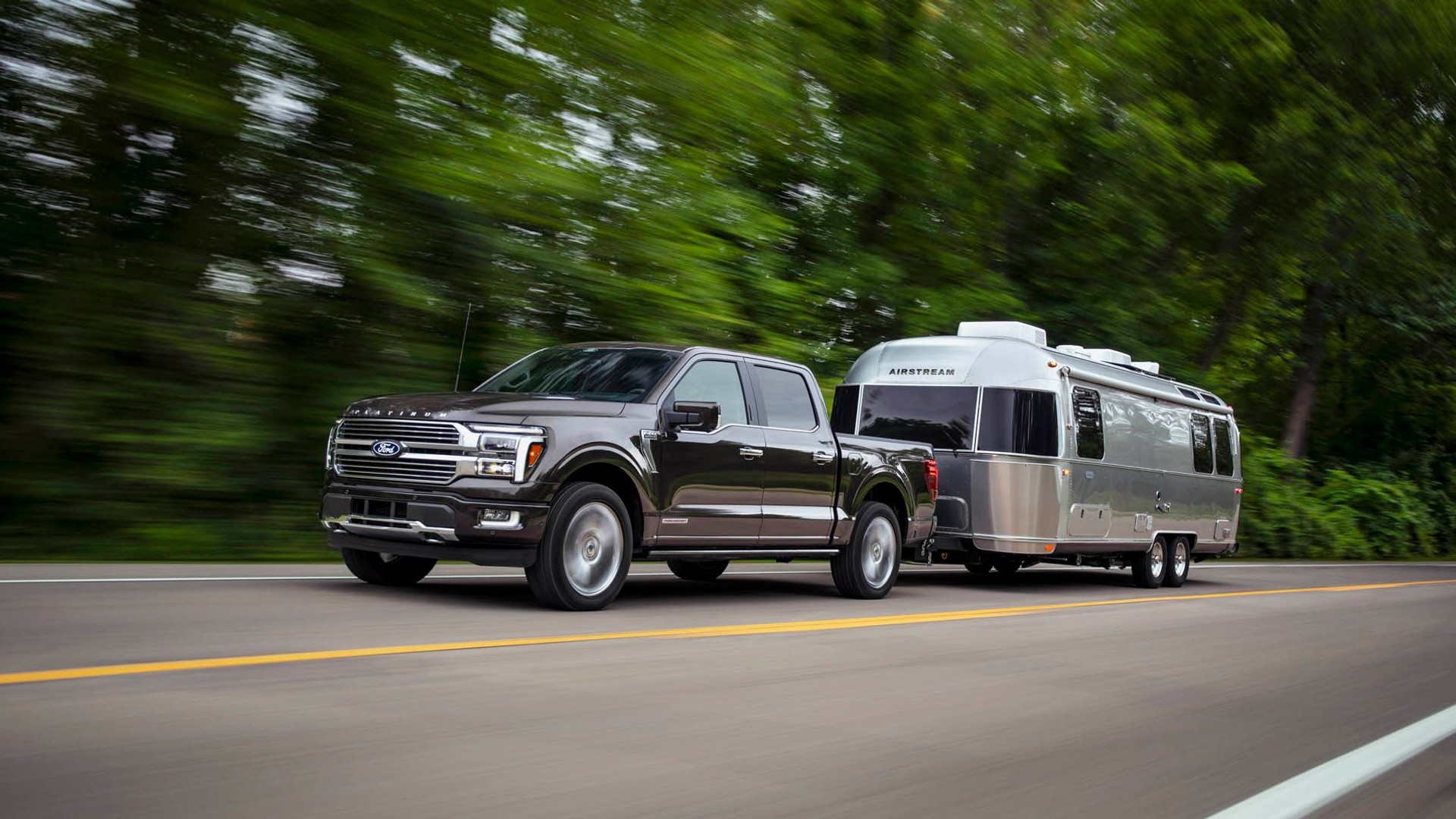The sport of drag racing has been with us almost as long as the automobile has.
Over the last decade, advances in high-power lithium-ion batteries have given rise to a new variant: electric drag racing.
But before modern batteries existed, how could you possibly make a competitive electric dragster?
DON'T MISS: Tesla P85D Destroys Dodge Challenger Hellcat On Dragstrip: Electric Car Thrashes 707-HP Hemi (Video)
Well ... how about with a monstrous Allison V-12 engine, a generator, four starter motors for jet engines, and two spools of thick, high-capacity electrical cable?
That's exactly what drag-racing legend E.J. Potter (aka The Michigan Madman) built in the late 1960s, as detailed in a 2012 story on The Kneeslider.
![E.J. Potter, the 'Michigan Madman,' hit almost 200 mph on a jet-engine powered trike [Potter family] E.J. Potter, the 'Michigan Madman,' hit almost 200 mph on a jet-engine powered trike [Potter family]](https://images.hgmsites.net/lrg/e-j-potter-the-michigan-madman-hit-almost-200-mph-on-a-jet-engine-powered-trike-potter-family_100539431_l.jpg)
E.J. Potter, the 'Michigan Madman,' hit almost 200 mph on a jet-engine powered trike [Potter family]
He called it "the Super Slot Car," after the (now largely-vanished) sport of racing tiny electric model cars around a grooved track.
Potter had previously created a series of drag-strip motorcycles known as "Widow Makers," for their Chevrolet small-block V-8 engines mounted in Harley-Davidson frames.
ALSO SEE: Fastest Electric Drag Cars: 'Green Monster' Vs. 'White Zombie'
He dragged the bikes for 13 years, eventually reaching 190 miles per hour and setting a Guinness World Record in the process.
But after some injuries, he turned his attention to the idea of blinding acceleration without internal-combustion engines.
![Allison V-12 powered electric generator and cable spools for Super Slot Car [photo: E.J. Potter] Allison V-12 powered electric generator and cable spools for Super Slot Car [photo: E.J. Potter]](https://images.hgmsites.net/lrg/allison-v-12-powered-electric-generator-and-cable-spools-for-super-slot-car-photo-e-j-potter_100539434_l.jpg)
Allison V-12 powered electric generator and cable spools for Super Slot Car [photo: E.J. Potter]
He attached an Allison V-12 airplane engine to a generator, and mounted the assembly on a trailer, along with two large spools of electrical cable.
When performing at drag events, he'd unspool the cable down the quarter-mile length of the drag strip.
A natural-born showman, Potter took his time (about 3 minutes) in driving his pickup down the track to unspool the cable, and then firing up the massive Allison engine.
The Super Slot Car itself was the stripped shell of a small MG 1100 front-wheel-drive two-door sedan, with four 200-horsepower electric jet-engine starter motors, one per wheel.

1969 MG 1300 (a slightly updated MG 1100), photographed in 2008 by Charles01, for public u
Two electrical pickups on the bottom of the car carried electricity to wiring that distributed it to the four motors--just how a slot car works (with fewer motors).
The car's lettering even said "Smog Free Performance" on the trunk.
After the crowd was fully engaged, Potter would just flip a switch--sending his car rocketing down the track at triple-digit speeds.
The Super Slot Car reportedly ran the quarter-mile in the low 10-second range, with a trap speed of 120 mph. Not bad for half a century ago.
Potter never found a sponsor for his unique concept.

White Zombie electric Datsun drag racer (Image: Plasma Boy Racing)
He later blamed hot-rod magazines for a lack of coverage, saying their publishers didn't want to antagonize advertisers selling parts for conventional gasoline-powered drag cars.
Potter died at 71 in April 2012; an obituary in The New York Times not only mentioned his "Michigan Madman" moniker but eulogized him as "a legend of the American drag strip."
As Left Lane News noted in a cover of the story, "Today, though, the burgeoning electric drag racing community considers Potter to be one of their pioneers."
[hat tip: Rick Feibusch]
_______________________________________













